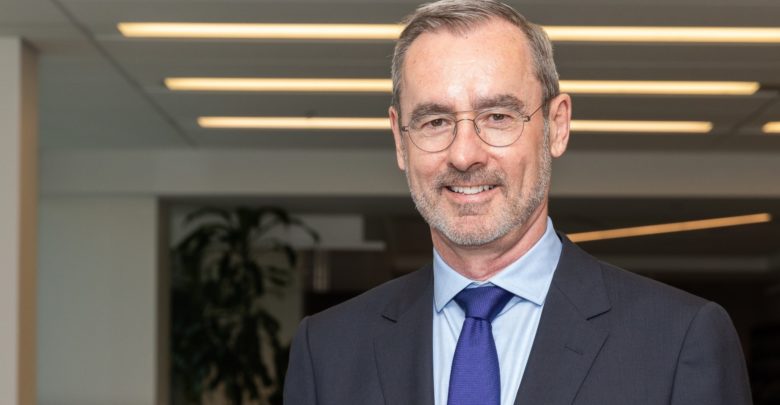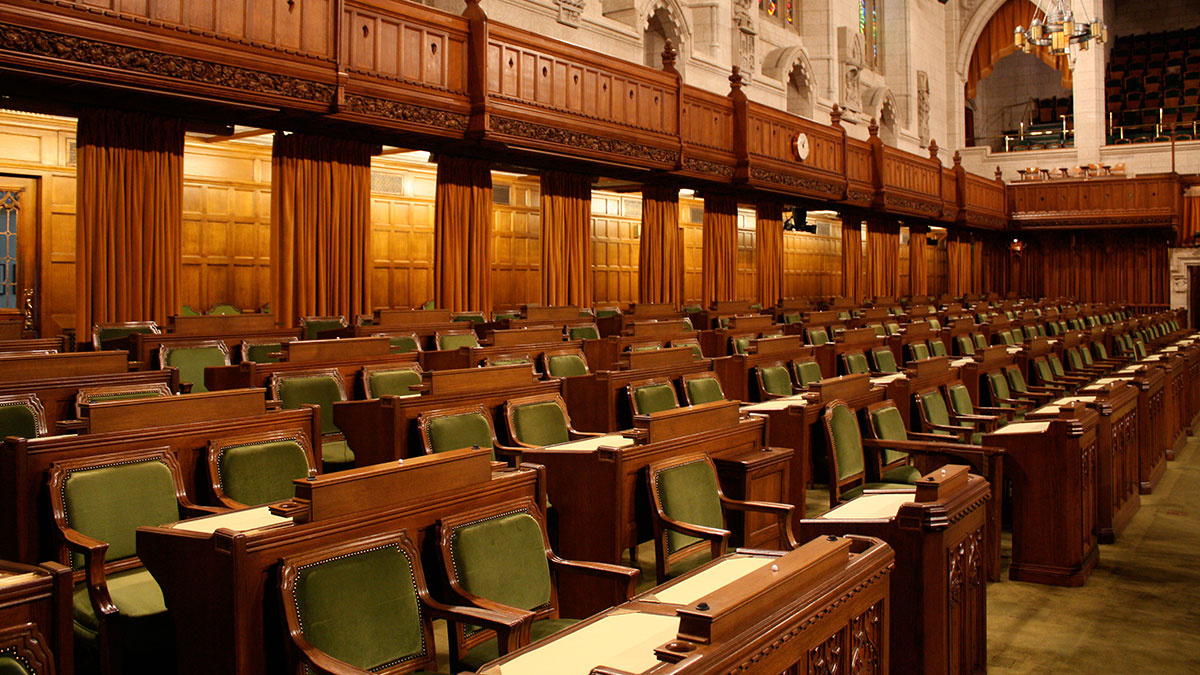 Supplied
SuppliedIn a September interview, University of Alberta president Bill Flanagan expressed concerns that higher tuition is the only way forward for post-secondary.
The immense financial pressure placed on the U of A by the Alberta government has only been worsening with COVID-19.
Overall, his stance on receiving cuts from the provincial government has been insufficient. When asked about how the university is facing cuts at the Student Council’s September 20 meeting, Flanagan had an unacceptable answer.
“My hope is that the government of Alberta — and I think there’s some evidence to suggest this is the case — is viewing us as responsible and responsive to the cuts.”
Responding to cuts with more cuts is not sustainable. That just might encourage the government to roll back even more funding. Flanagan has no reason to sugarcoat the harsh circumstances facing the university. Rather than roll with the punches, Flanagan should push back. Given the recent achievements of the university, he should advocate for the university to increase public funding, not show that we’re responsive to cuts.
However, this government will not cave in easily. Sadly, as Premier Jason Kenney slashes the budgets of everything within reach, there is very little possibility the government will extend support to post-secondary students. The provincial government will not lessen the burden they initiated. Regardless, Flanagan needs to start standing up to the government, in order to establish a precedent for similar negotiations in the future. His role is to meet the needs of students, faculty, and researchers. Given the challenges underway this year, asking them to pay more should be a last resort.
Online classes simply do not offer the same value as in-person. As we embark on a new semester with online classes, higher tuition is not justified. Technological issues, constrained teaching methods and less support are challenges facing everyone. This deserves to be reflected in the cost of courses.
If gathering remotely is the only viable option for the foreseeable future, that must be reflected in every decision. The university administration needs to re-evaluate what services they need, and which they don’t in our new remote environment. This requires keeping an open channel of communication with students and providing for as many of their current needs as possible.
News of changes to tuition was soon followed by the academic restructuring initiative, which outlines how to find cost-savings through consolidating faculties and departments. Notably, the process also repeatedly disregarded the concerns of students and staff about creating an extra layer of administration. Wouldn’t lower tuition be more feasible, now that departments will be supposedly be more efficient? In addition, restructuring could result in expanded class sizes, and reduced course offerings. This would justify lower tuition, especially for senior level courses that will need to accommodate more students. After all, the combination of academic restructuring and higher tuition could immensely impact students negatively.
For students already struggling with finances, higher tuition is the last thing they want to hear. Now is the time for the Students’ Union — and specifically president Joel Agarwal — to engage in efforts for change. The rate of tuition is one the largest issues facing students, and it should therefore be among the SU’s top priorities. Agarwal even acknowledged this in a recent statement to the Edmonton Journal, where he highlighted how high tuition rates impact students.
As the U of A creates the 2021-22 budget over the next few months, the SU will have an opportunity to take this advocacy beyond lip service and take meaningful actions on this issue.
The cuts facing the U of A are on historic proportions. The SU should use creativity to come up with out of the box solutions for this unprecedented situation. Online advocacy may have its own challenges, but this is the time for the SU to campaign. They should take inspiration from both the march that took place November last year, and socially distanced rallies that have taken place during COVID-19. Bigger change could even come from organizing a unified response against tonedeaf university administrations with the Council of Alberta University Students (CAUS), as almost all post-secondaries across the province are raising tuition amounts thanks to the provincial government’s cuts. With the right awareness, such an event could send a powerful message to both the UCP and the university administration.
The university is truly facing a turning point. Ill-conceited changes could create irreparable damage. If the U of A wishes to maintain its reputation among other Canadian post-secondaries, and hold on to its diverse student population, tuition must remain low.




